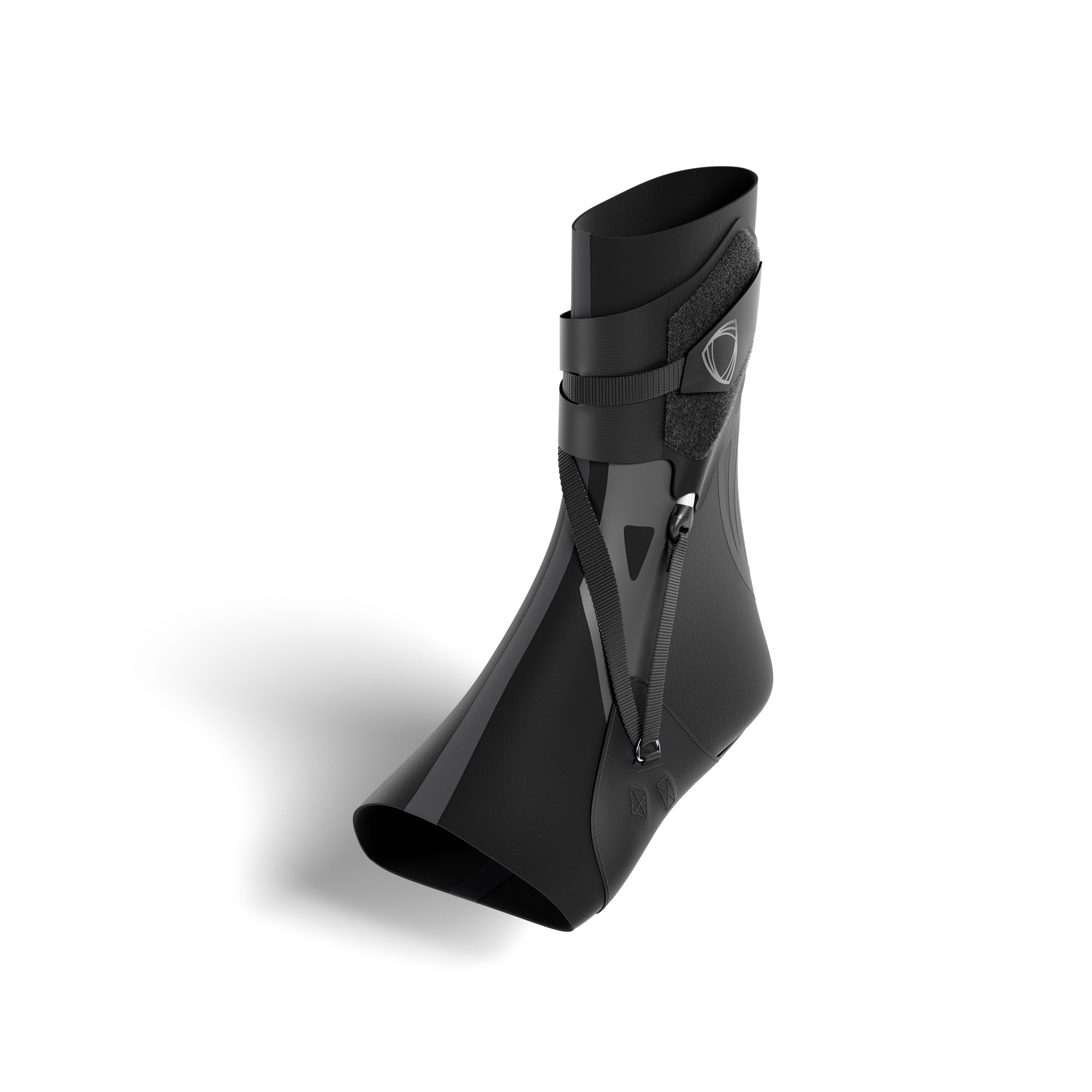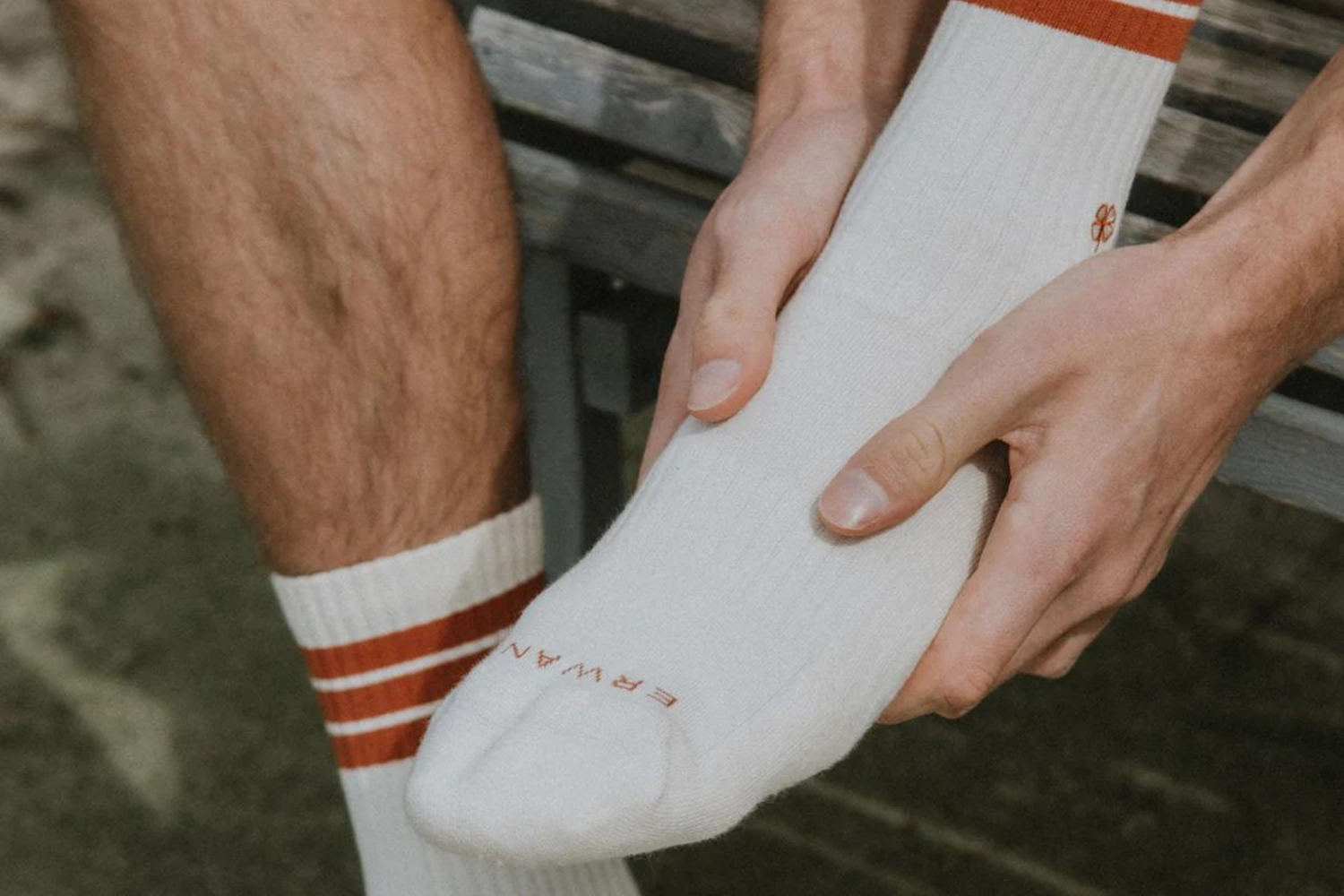In this article, you will learn the following:
- Ankle pain can be caused by a variety of factors, including injuries, arthritis, and other conditions.
- Common causes of ankle pain when walking include stiffness, sprains, strains, arthritis, tendonitis, and nerve damage.
- Seeing a doctor can help determine the cause of your discomfort and develop an appropriate treatment plan.
What causes ankle pain when walking?
If you experience ankle pain when walking, you are not alone. Foot and ankle pain is a common problem caused by sports injuries, arthritis, tendonitis, and other conditions. They can range from mild discomfort to severe pain that limits mobility and affects your quality of life.
If your ankle hurts when you walk, your doctor may perform a physical examination, imaging tests, or other diagnostic tests to determine the underlying cause. Treatment options include rest, ice, compression, or physical therapy, depending on the severity and cause of the pain.
Have you twisted your ankle? Then take a look at our first aid tips: 4 treatment tips from the experts

Causes of ankle pain when walking
If you experience pain in your ankle when walking, this may be a sign of an underlying condition. Here are some of the most common causes of ankle pain when walking:
Sports-related foot and ankle injuries
Sports-related injuries can cause ankle pain when walking and affect athletes of all levels. The most common causes include ankle sprains due to sudden twisting or awkward landings, fractures due to heavy falls and strain injuries such as tendinitis. A correct diagnosis, rest, and tailored treatment are essential for recovery and a safe return to sport.
Wear and tear
Over time, the ankle joint can wear out due to constant stress. This can lead to pain and discomfort when walking. Wear and tear can also lead to osteoarthritis, a condition that causes inflammation and pain in the joints.
Ligament tears and sprains
Ligament sprains and tears are common injuries that can cause pain when walking. They are also caused by sudden twisting. This can happen during physical activity or even just when walking on uneven ground.
Untreated sprains or tears of the ligaments can lead to chronic knee instability. Feel free to check out our article on unstable ankle joints and how to prevent frequent twisting.
Achilles tendonitis
The Achilles tendon is the largest tendon in the body and connects the calf muscle to the ankle. When this tendon becomes inflamed, it can cause pain and discomfort when walking. This condition is called Achilles tendonitis and can be caused by overuse or injury.
Sinus tarsi syndrome
Sinus tarsi syndrome is a condition that causes pain and tenderness in the sinus tarsi, a small canal in the ankle joint. This condition can be caused by injury, overuse, or arthritis.
Autoimmune disease
Autoimmune diseases such as lupus can cause inflammation in the joints, leading to pain in the ankle when walking. These diseases occur when the immune system attacks healthy cells in the body, leading to inflammation and pain in the joints.
Rheumatoid arthritis
One of the most well-known autoimmune diseases is rheumatoid arthritis. It causes chronic inflammation in the joints, often including the ankle joint. This can lead to pain and stiffness when walking, as well as other symptoms such as fatigue and fever.
My ankle hurts for no reason
If your ankle hurts for no apparent reason, this may be due to an underlying condition such as arthritis or gout. In some cases, ankle pain can be a sign of a more serious condition, such as a blood clot or nerve damage.
Whether you have ankle pain for no apparent reason or one of the above issues applies to you, you should definitely see a doctor.

Symptoms of ankle pain when walking
Below, we will take a closer look at the specific symptoms that can be summarized as ankle pain:
Stabbing pain in the ankle
Stabbing pain in the ankle is characterized by a sudden and intense sensation. The pain may be limited to a specific area and vary in intensity.
Have you twisted your ankle? Follow the RICE method. Then you should cool the affected area for 15-20 minutes and elevate your ankle. This will help reduce swelling and pain. Over-the-counter painkillers such as ibuprofen or paracetamol can also provide temporary relief.
Pain on the top of the foot near the ankle
Pain in the foot near the ankle may affect the back of the foot, including the area around the metatarsophalangeal joint of the big toe. Pain in this area can manifest as a stabbing, throbbing, or aching sensation that is often aggravated by movement, walking, or pressure on the affected area.
If you experience pain in the ball of your foot near the ankle when walking, it is important to rest. Apply ice to reduce swelling and see a doctor if the pain persists or worsens.
Pain on the outside of the ankle
If you experience pain on the outside of your ankle, it may help to ice your foot for about 15 minutes or elevate it on a pillow. Listen to your body if the pain worsens, and take it easy and avoid activities that aggravate the pain. Pain at the top of the ankle
Pain in the upper ankle joint can occur due to injuries, strain, or certain medical conditions. To relieve the pain, it is recommended to rest the ankle, use ice packs, and avoid activities that aggravate the pain. If the pain persists or worsens, it is important to listen to your body and give your ankle time to heal.

How do doctors diagnose ankle pain when walking?
If you experience pain in your ankle when walking, be sure to see a doctor. They can perform a physical examination and additional diagnostic tests. These include the following:
Physical examination for ankle pain
During a physical examination, your doctor will examine your ankle for signs of swelling, tenderness, or deformity. They may also ask you to move your ankle in different directions to assess your range of motion. Your doctor may apply pressure to different areas of your ankle to determine the cause of your pain. Medical history: Evaluation of your medical history
Your doctor will also review your medical history to determine if you have any underlying conditions that could be contributing to your ankle pain. They will ask you questions about your symptoms, such as how long you have had the pain, whether it has worsened over time, and whether there are any activities that make the pain worse.
Diagnostic tests for ankle pain
Your doctor may order diagnostic tests to determine the cause of your ankle pain. These tests may include X-rays, MRIs, CT scans, or ultrasounds. These tests can help identify any fractures, torn ligaments, or other injuries that may be causing your pain. In some cases, your doctor may also order blood tests to check for underlying conditions such as arthritis or gout.

Treatment options for ankle pain
Depending on the cause and severity of your symptoms, physical therapy, home remedies, medical treatment, or a combination of these measures may be recommended. Talk to your doctor to determine the best treatment plan for you.
Physical therapy for ankle pain when walking
Physical therapy is one of the standard treatment options for ankle pain. Your physical therapist will work with you to create a personalized treatment plan, which may include exercises to strengthen the ankle and improve range of motion. They may also use modalities such as ultrasound or electrical stimulation to relieve pain and inflammation.
Treating ankle pain at home
There are several ways to treat ankle pain at home to relieve it. Rest your ankle and avoid activities that aggravate the symptoms. This will help to relieve pain and inflammation.
Applying ice to the ankle for 15-20 minutes several times a day can also help to reduce pain and swelling. Your doctor may recommend an ankle brace or splint to support the ankle.
Relieving ankle pain
Wearing supportive shoes that provide good arch support can help relieve pain and prevent further injury. Stretching the calf muscles and the front of the ankle can also help relieve pain and improve range of motion.
The BetterGuard to support your treatment
Once the swelling has gone down and your doctor or physical therapist recommends that you resume training or sports, we recommend The BetterGuard. This unique ankle brace protects you from twisting your ankle again.
The patented technology only activates during critical twisting or rolling movements, otherwise offering you complete freedom of movement. Even professional athletes such as Franz and Moritz Wagner from the NBA swear by The BetterGuard.

Of course, you can also continue to stabilize your ankle at home with these 4 exercises. See for yourself. With The BetterGuard, you can return to sports and run without worry.
Frequently asked questions about ankle pain when walking
What causes ankle pain when walking?
Ankle pain when walking can be caused by a variety of factors, including sprains, strains, fractures, plantar fasciitis, Achilles tendonitis, and arthritis. It can also be caused by overuse, improper footwear, or lack of stretching before exercise.
How can I treat ankle pain at home?
There are several things you can do at home to relieve ankle pain. These include resting the affected ankle, applying ice to reduce swelling, and elevating the ankle above heart level. Using an ankle brace to relieve pain and prevent further injury is also an effective treatment option.
What exercises can help with ankle pain?
Exercises that strengthen the muscles and ligaments around the ankle can help relieve pain and prevent future injuries. Some examples include ankle circles, calf raises, and heel drops.
What are the symptoms of ankle pain?
Symptoms of ankle pain include swelling, tenderness, stiffness, and difficulty walking or putting weight on the affected ankle. In some cases, bruising or visible deformity may also occur.
When should I see a doctor for ankle pain?
You should see a doctor for ankle pain if the pain is severe, you are unable to put weight on the affected ankle, or if there is significant swelling or bruising. It is also important to see a doctor if the pain lasts longer than a few days or if you have had an ankle injury in the past.
Can walking make ankle pain worse?
Yes, walking or other weight-bearing activities can make ankle pain worse if there is an underlying injury or condition. If you are experiencing ankle pain, it is important to rest and avoid activities that aggravate the pain until you can see a doctor.




